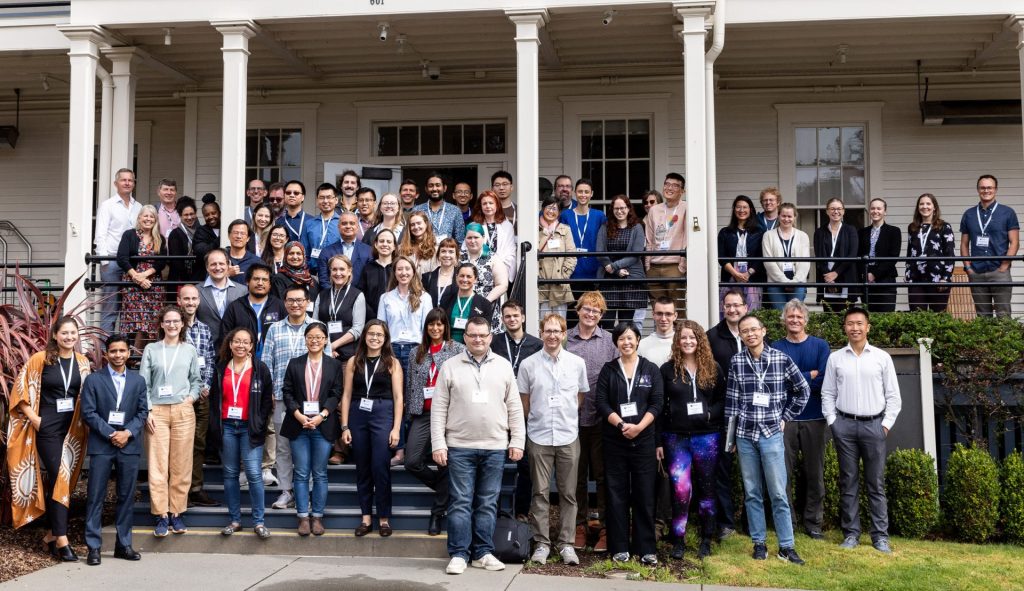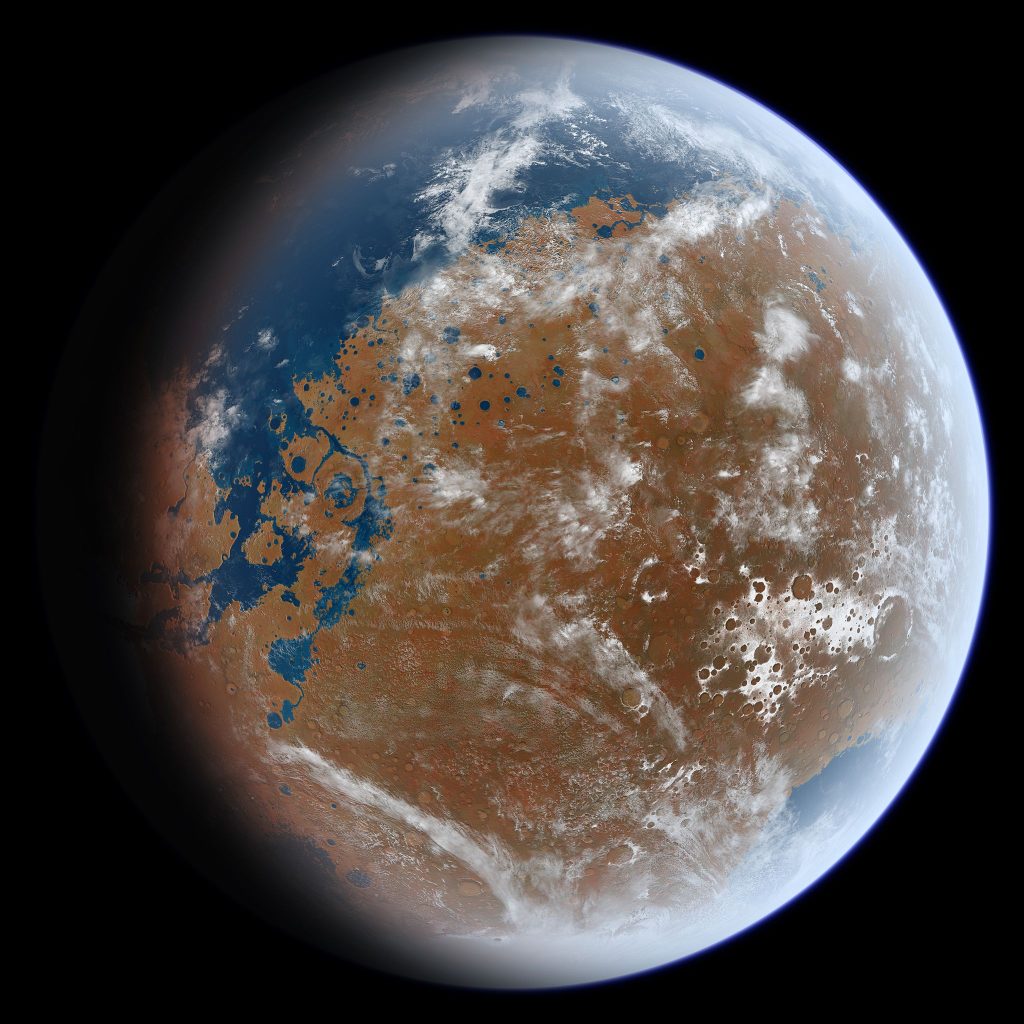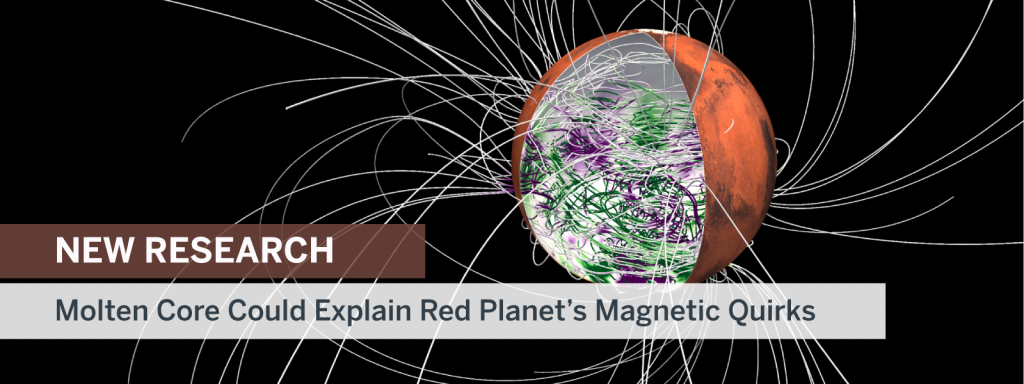Apply by: Ongoing. UTIG invites applications for a postdoctoral researcher to study the interiors of icy ocean worlds such as Enceladus, Titan, Europa, and Ganymede. Continue Reading Postdoctoral Researcher (Icy Ocean World Interiors)
Postdoctoral Fellow: 51 Pegasi b (external)
Apply by: Oct. 3, 2025. The University of Texas at Austin is proud to be one of the host institutions for the prestigious 51 Pegasi b postdoctoral fellowship. Candidates are encouraged to contact relevant members of the UTIG polar and planetary research team to discuss possible mentorship and for guidance on the application process. Learn more at the Heising-Simons Foundation website. Continue Reading Postdoctoral Fellow: 51 Pegasi b (external)
Scientists Capture Slow-Motion Earthquake in Action – Banner
Scientists for the first time have detected a slow slip earthquake in motion during the act of releasing tectonic pressure on a major fault zone at the bottom of the ocean. The slow earthquake was recorded spreading along the tsunami-generating portion of the fault off the coast of Japan, behaving like a tectonic shock absorber.… Continue Reading Scientists Capture Slow-Motion Earthquake in Action – Banner
UT Austin Grad Students Find Missing Link in Early Martian Water Cycle
Billions of years ago, water flowed on the surface of Mars. But scientists have an incomplete picture of how the Red Planet’s water cycle worked. That could soon change after two graduate students at The University of Texas at Austin filled a large gap in knowledge about Mars’ water cycle — specifically, the part between… Continue Reading UT Austin Grad Students Find Missing Link in Early Martian Water Cycle
Molten Martian Core Could Explain Red Planet’s Magnetic Quirks – banner
Like Earth, Mars once had a strong magnetic field that shielded its thick atmosphere from the solar wind. But now only the magnetic imprint remains. What’s long baffled scientists, though, is why this imprint appears most strongly in the southern half of the Red Planet. A new study from the University of Texas Institute for… Continue Reading Molten Martian Core Could Explain Red Planet’s Magnetic Quirks – banner
- 1
- 2
- 3
- …
- 29
- Next Page »





